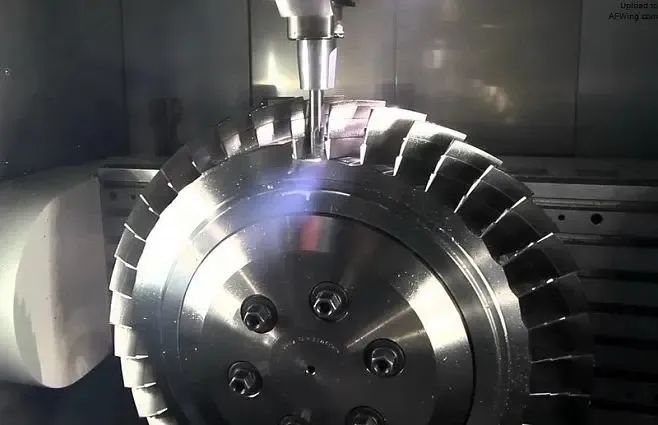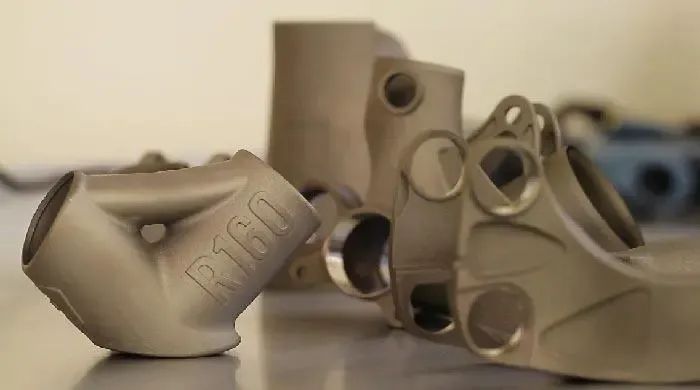
Privacy statement: Your privacy is very important to Us. Our company promises not to disclose your personal information to any external company with out your explicit permission.
On the international stage, the introduction of advanced technologies by foreign companies has brought significant simplification of the additive manufacturing testing workflow. In addition, the application of 3D printing simulation technology is also expanding, providing strong support for solving problems in the additive manufacturing process.

Meanwhile, the UK company's partnership with the mechanical testing solutions provider has revolutionized technological advances in the field of additive manufacturing. Together they have developed new technology that greatly simplifies the workflow of additive manufacturing testing, making it possible to directly test additively manufactured parts. This technology not only improves testing efficiency, reducing traditional testing time to five minutes, but also dramatically reduces the need for sample preparation, resulting in a significant reduction in mechanical testing costs.
Looking ahead, with the growing demand for additive manufacturing technologies in various industries across the globe, the global market size for additive manufacturing is expected to reach a staggering $76.16 billion by 2030 and grow at a CAGR of 20.8% between 2022 and 2030. Against this backdrop, U.S. companies in Japan are bringing a fresh perspective to additive manufacturing by combining simulation technology with additive manufacturing.

During the additive manufacturing process, predicting deformation is critical to ensuring successful part builds, reducing costs, and avoiding printing errors. Using multi-physics field simulation tools, U.S. companies are able to analyze and predict thermal deformation ahead of time and validate engineering dynamics by adjusting parameters to ensure structural integrity, address thermal issues, optimize fluid flow, and cope with impact. This innovation not only reduces material costs, but also optimizes additive manufacturing services and expands the customer base for 3D printing.
LET'S GET IN TOUCH

Privacy statement: Your privacy is very important to Us. Our company promises not to disclose your personal information to any external company with out your explicit permission.

Fill in more information so that we can get in touch with you faster
Privacy statement: Your privacy is very important to Us. Our company promises not to disclose your personal information to any external company with out your explicit permission.